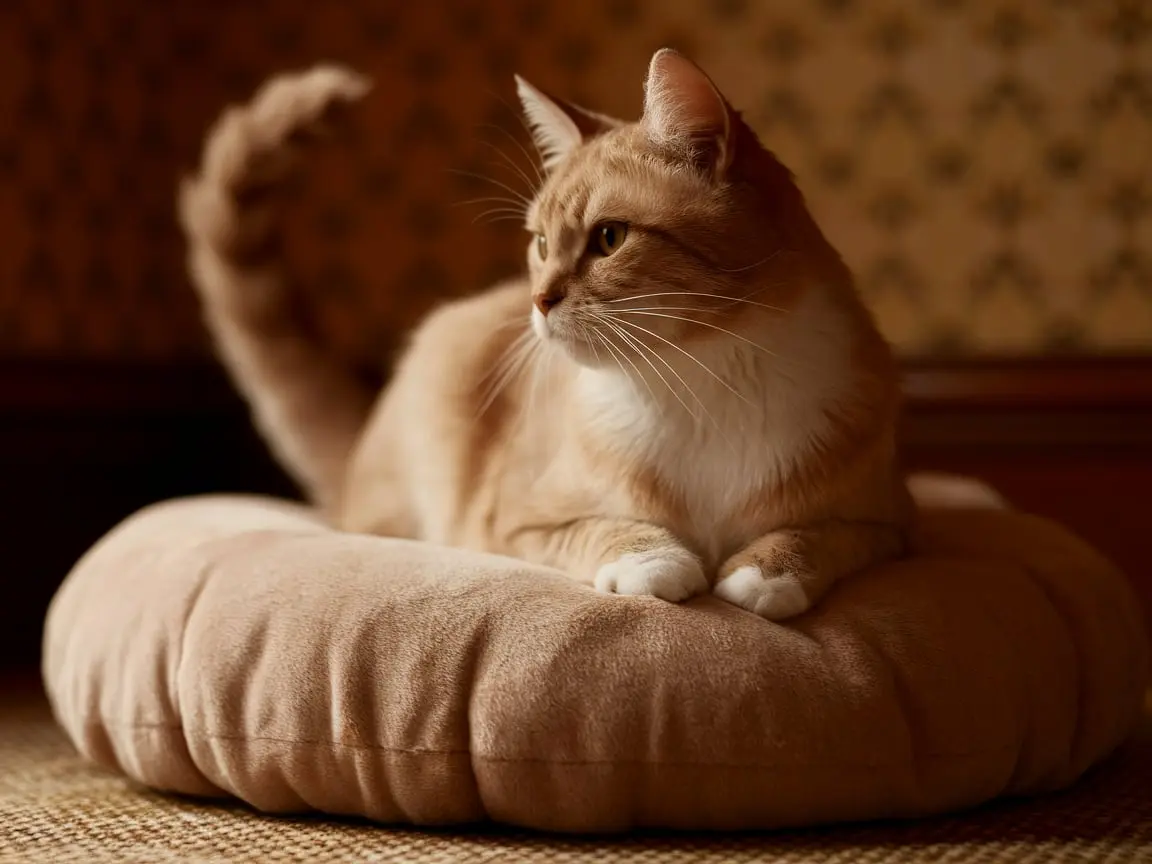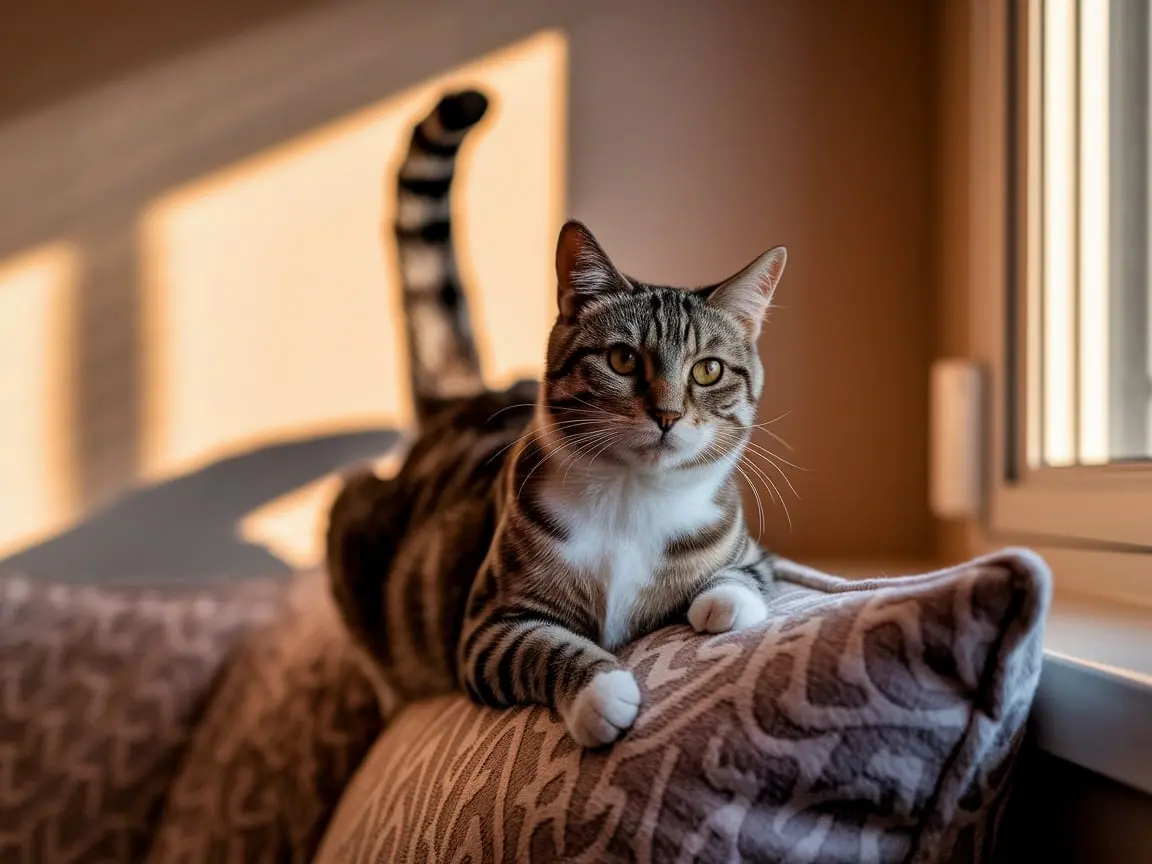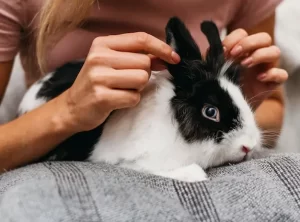Cats may not speak our language, but they are constantly communicating. Whether it’s a gentle purr, a swishing tail, or a flick of the ear, feline body language is rich with meaning. For cat owners, learning to “read” these subtle signs is essential to building trust, preventing misunderstandings, and deepening the bond you share with your pet.
In this blog, we’ll decode two of the most expressive parts of a cat’s body: the tail and the ears. These cues can reveal a lot about your cat’s emotions—whether they’re feeling playful, anxious, confident, or even a little irritated.
Tail Talk: Emotional Signals in Motion
A cat’s tail is an incredibly versatile communication tool. From confident sways to agitated flicks, here’s what different tail positions can mean:
- Tail Up and Straight: This is a sign of a happy, confident cat. If your feline friend approaches you with an upright tail, especially with a slight curve at the tip, it’s a friendly greeting and a sign of trust.
- Tail Low or Tucked: A low-hanging tail often indicates uncertainty or submission. If it’s tucked close to the body, your cat may be feeling fearful or insecure—give them a quiet space to retreat.
- Puffed or Bristled Tail: When startled or frightened, a cat will puff up its tail to appear larger and more intimidating. This is a classic defensive reaction, and it’s best not to approach them when they’re in this state.
- Quick Twitching or Swishing: If the tip of your cat’s tail is twitching rapidly, especially while they’re lying down or sitting, it may indicate irritation. If you’ve been petting them, it’s a good moment to pause—this is often a precursor to behaviors that leave owners wondering, “why my cat bites me” out of nowhere.

Ear Language: Tuning into Their Emotional Frequency
While tails are easy to spot, ears are just as expressive—if not more so. They act like emotional antennas, picking up sounds and expressing feelings at the same time.
- Ears Forward: This usually means your cat is relaxed, interested, or in a good mood. It’s a green light for affection or playtime.
- Ears Back or Flat: This is a strong signal that your cat is angry, frightened, or defensive. They may also flatten their ears during a confrontation with another animal.
- Sideways Ears (“Airplane Ears”): This posture can indicate nervousness or overstimulation. If your cat’s ears go sideways while being petted, it’s a good idea to stop and give them some space.
- Ears Constantly Moving: Swiveling ears suggest your cat is alert and trying to determine the source of a sound. This is normal, especially in unfamiliar environments, but may also hint at heightened anxiety.
Combining Clues for Better Communication
Reading your cat’s mood isn’t about focusing on one body part—it’s about interpreting a combination of signs. For example:
- A cat with forward ears and an upright tail is probably in a great mood and ready to interact.
- Ears back with a flicking tail? That cat is likely overstimulated and needs a break.
- Puffed tail and flattened ears? Danger mode—best to leave them alone until they feel safe again.
These subtle cues help you anticipate your cat’s behavior, minimize stress, and avoid conflict. They also explain why a cat might shift from purring to biting—it’s often about misreading or missing the signs that they’ve had enough.
Support Their Emotional Health Through Routine

One of the best ways to ensure your cat stays emotionally balanced is by establishing regular routines. Cats are creatures of habit, and they thrive on predictability. This includes feeding times, play sessions, and grooming.
Regular grooming helps reduce stress and prevent physical discomfort, especially for long-haired breeds. Whether you’re looking for cat grooming in Abu Dhabi with luxury care or more accessible cat grooming in Al Ain, choosing a provider who understands feline behavior is essential. A gentle grooming experience not only keeps your cat looking good but also reassures them that they are safe and loved.
Final Thoughts
Understanding feline body language is like learning a new dialect of affection, boundaries, and trust. The more fluent you become in your cat’s cues, the stronger your relationship will be.
So next time your cat swishes their tail or flattens their ears, don’t take it personally—they’re just telling you how they feel. All you have to do is listen.





